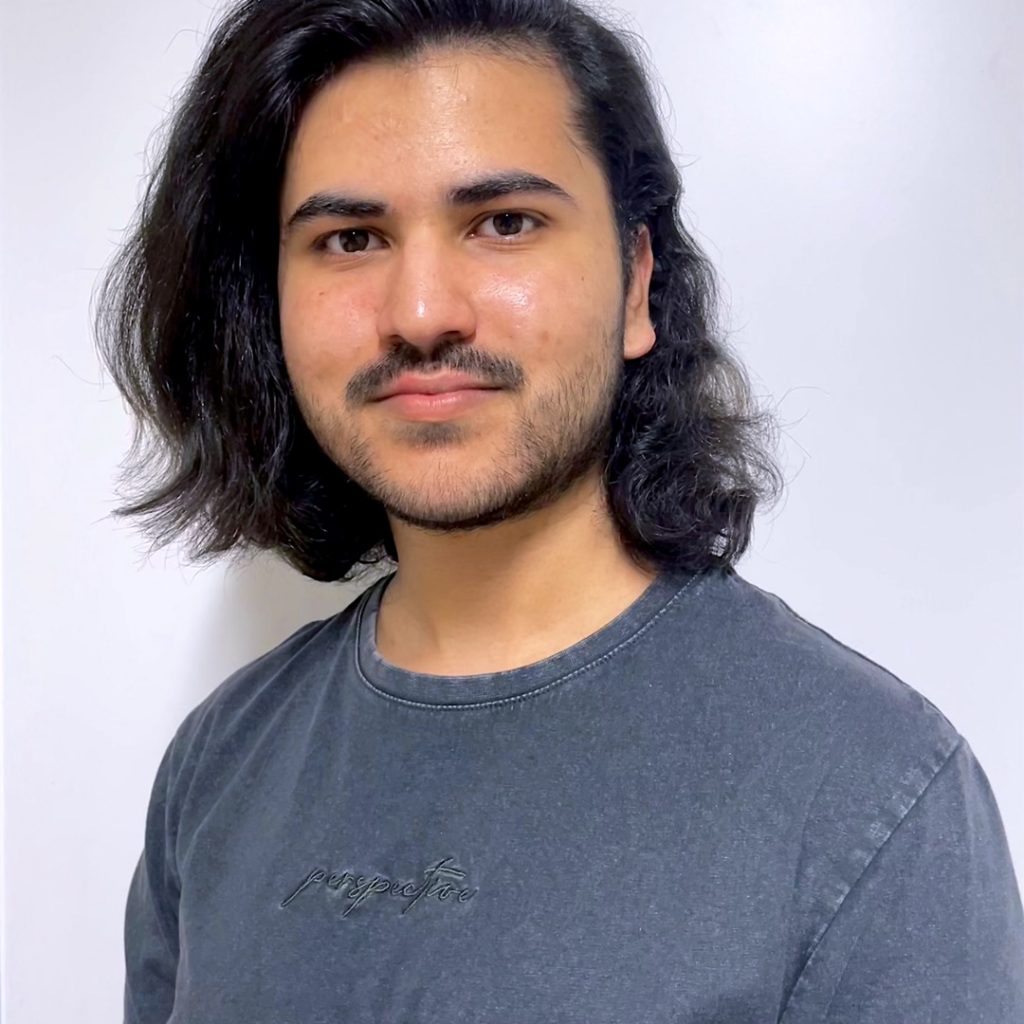Category theory is a general theory of mathematical “structures.” (We will explain what we mean by “structure” in the article.) Hence, it provides us with the deepest possible abstraction in mathematics. In this article, we explain the importance of category theory for mathematics and explore a few of its applications.
Modern mathematics often comprises the study of an object or a collection of objects with some “structure” attached to them. Such objects do have some real-world applications however, we primarily study them for their applications in other fields of mathematics. Most of the time these objects are themselves collections called “sets.” Then, their “structure” is how the elements of the set are related to and interact with each other.
For example, we may have a set of two elements called Bruce and Lee. However, they live on opposites sides of an infinite Earth. Now, I know what you’re thinking, “Oh just your everyday infinite Earth—that you have obviously seen a hundred times,” but bear with me here. Essentially, we are saying that Bruce and Lee are so far apart that they will never meet or interact with each other in their lifetime (which we would also want to be infinite—just so they don’t disappear on us while we are studying them).
The object defined by this set {Bruce, Lee} has pretty much no structure. It is the “squishiest” object possible. If we had another object defined by the set {Jackie, Chan}, then we would not be able to tell this object apart from the other from afar. So, both objects would behave in “essentially the same” (isomorphic) way.
We could equip the set {Bruce, Lee} with some additional structure to make it more “rigid.” For example, we can define the notion of “closeness” of elements (topology). We can equip Bruce and Lee with the (discrete) topology that makes them isolated. As you would expect, the topology does not make {Bruce, Lee} much more rigid. The only contribution it makes is that it allows us to compare it with other topological objects. This is not the only topology though. We can also define the (trivial) topology on {Jackie, Chan} to make Jackie and Chan close.
Topology is not the only structure either. Instead, we can define an operation, say hyphenation, on elements. Then, we could add all new elements generated by hyphenation (such as Bruce-Lee-Lee or Lee-Bruce-Lee-Bruce) to {Bruce, Lee}. This forms a (free) semigroup. Sets equipped with an operation arise all the time in mathematics (such as numbers and addition).
Usually, we are interested in which objects are ‘related’ to each other and how exactly they are related as that provides us insight into the “type” of objects they are. We do this by considering structure-preserving functions between the objects. These would be functions that map “close” elements to “close” elements in the case of topology and functions such that applying the operation before or after the function would not change anything in the case of semigroups. The collection of objects with similar structure together with their respective functions form a category. The study of such categories is called category theory. Fundamentally, we study category theory because it provides a universal language to describe mathematical concepts from a bird’s-eye view.
Paawan Jethva
University of Adelaide

